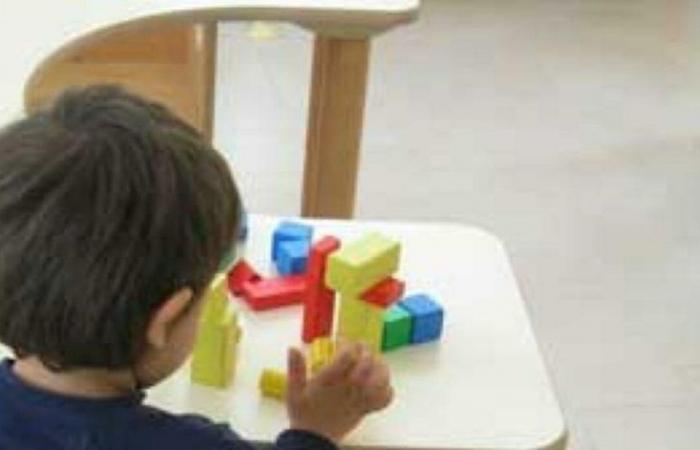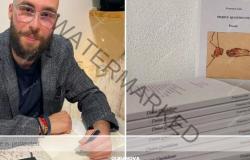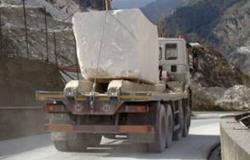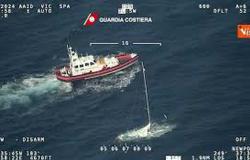
Marco (fictitious name) is six years old, has a normal life, swims, goes to school, plays like all his other peers. He doesn’t know it, but in his body there is a very rare disease that is advancing, there is a sort of cruel countdown that has started. His parents discovered him almost by chance, due to a similar pathology, in a very mild form, found in his uncle. In Marco’s case, however, the verdict is ruthless, Marco has two years to live.
The experimental drug
The only way to treat the disease that causes brain demyelination (a thinning of the layer that covers the nerve fibers) is to use an experimental drug, produced in the United States and administered only in the pharmaceutical company’s facility. Problem: 5 million euros are needed. The parents asked for help from the Emilia-Romagna Region which found itself faced with an ethical question: is it right to allocate such a high sum for just one person or would it be more correct to use it for investments in hospitals from which all citizens would benefit? The response was natural: we must save Marco, we must stop the countdown. And so the Emilia-Romagna council decided to help him.
The councilor’s story
The story was told firsthand by the regional health councilor, Raffaele Donini, in an article in Quotidiano sano. He writes: «How much is a human life worth? Does it really have a price? Marco is 6 years old, with two big bright blue eyes, blond hair always blowing in the wind, a perpetual smile on his lips and an irrepressible energy like only children have at that age, when the world is waiting to be discovered and it’s like a big moon park everything at your disposal. He swims like a fish, he even won a swimming competition a few days ago. It’s an explosion of energy, Marco has his whole life ahead of him. But no. Marco doesn’t know it, but in two years he might no longer be there. Silently, invisible like a ghost, a very rare, lethal disease has accompanied him since birth, ready to enter the scene at any moment. And that moment has arrived. Yes, because Marco, who lives in Emilia-Romagna with his family, has an illness that manifests itself around the age of 6, the outcome of which is progressive, rapid, and fatal within two years from the moment it manifests itself.”
Donini, who is also president of the Sanity Commission in the State-Regions Conference, explains that «Marco’s uncle had received the results of a test he had undergone for knee discomfort, from which he had tested positive to the large family of peroxisomal pathologies, in mild form, without significant repercussions on his life. But peroxisomal diseases can also manifest themselves in very serious forms. Better to check, so his father told me during our meeting. And the outcome, unfortunately, is disastrous. Marco has the pathology in its most aggressive form. We need a cure.”
First attempt: a hematopoietic stem cell donor is needed, but there are no compatible donors. At that point there is only one other possible path: «There are still no symptoms of the disease, but upon instrumental analysis the first signs of progression of the neurological brain damage are starting to emerge. In short, there is no time to waste. And there is only one possible path: therapy with a drug produced and marketed by an American pharmaceutical company. It involves a single infusion, one bag of the drug, an infusion to be carried out strictly in the pharmaceutical company’s private hospital in Massachusetts. The infusion could provide the hope of extending life by several years. This is what the scientific literature says. The request for economic support from the family arrives in the Emilia-Romagna Region, because the costs are very high. For the infusion and the days of hospitalization, in fact, it takes 5 million euros.”
And here for the administrators of Emilia-Romagna (political color matters little in stories like these) the question arises: what to do? Donini writes: «I call an urgent meeting of the department and, naturally, I indicate the desire to cover the costs necessary for the treatment, as well as those for hospitalization. It is a rare disease not included among the LEAs, the essential levels of assistance, in other words it is not an expense that public health is obliged to cover. But the doubt that bureaucracy can prevail over the life of a child never crosses my mind. And so we make a change in the budget to be able to ensure the amount for the family, who can now look to the future with more serenity. Marco will be leaving for the United States in a few days and, in the meantime, we have been informed that there is a case similar to his and that what was once a child is now a 17-year-old boy in full health, with a normal life, who had the same treatment 13 years ago. In other words, it works, and it works much longer than we thought when deciding to allocate the necessary amount for the treatment. In 13 years, research can make giant strides and, we hope, also find a definitive cure.”
Donini concludes after having forcefully asked for more investments in public health: «If we were once again faced with the choice, for our fellow citizens, to take responsibility for sourcing life-saving drugs even overseas, we would do so without delay. We will certainly ask AIFA again to be able to draw on the fund for drugs for rare diseases. The first response was negative, but let’s not despair. We will certainly fight for a system that is not put under control by the big pharmaceutical industries. We will certainly do all of this, but first that child must be able to fly to the United States. He has an appointment with life.”
© ALL RIGHTS RESERVED





